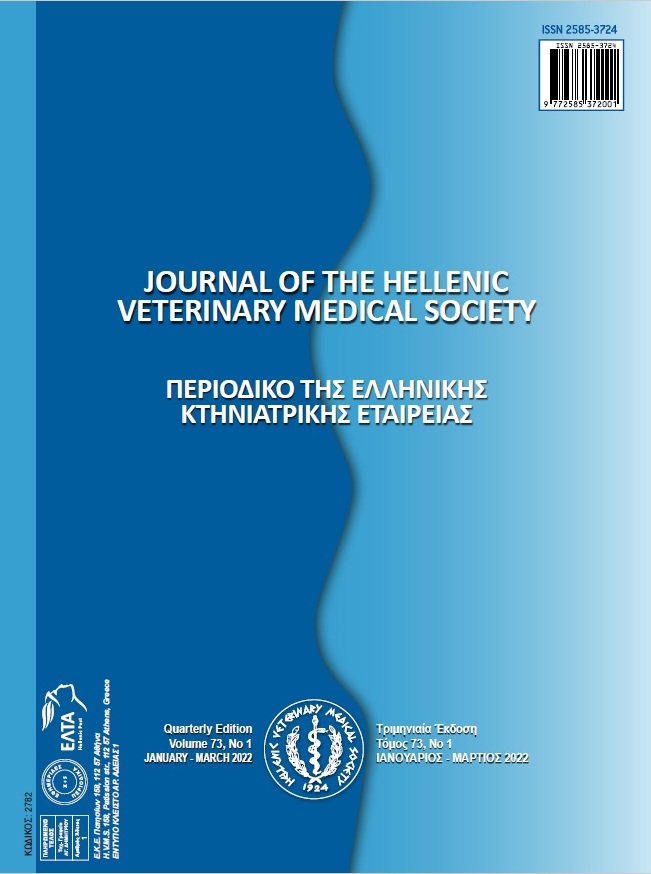Inactivation of foodborne viruses by the cold plasma technology
Περίληψη
Cold plasma (CP) is an innovative non-thermal food processing method. CP refers to a partially or completely ionized gas containing reactive chemical species, which are active against microorganisms, including viruses or enzymes of foods. CP has a minimal effect on the quality attributes of foods and can also elongate the shelf life of foods. Foodborne outbreaks caused by viruses have been increased in various countries in recent years. The research works on the inactivation effect of CP against viruses including foodborne viruses have been also increased in recent years. The most important foodborne viruses are human norovirus (HuNoV) and hepatitis A virus (HAV), involved in several outbreaks worldwide. Human astrovirus (HAstV), human adenovirus (HuAdV), Aichi virus (AiV), sapovirus (SaV) and enterovirus (EV) are also notable foodborne viruses and were associated in sporadic cases. The CP treatment proved efficient for the inactivation of foodborne viruses such as HuNoV and HAV. The present work reviews the CP as a non-thermal food processing technology and present the published data on the effect of CP process on foodborne viruses in foods.
Λεπτομέρειες άρθρου
- Πώς να δημιουργήσετε Αναφορές
-
Pexara, A. (2022). Inactivation of foodborne viruses by the cold plasma technology. Περιοδικό της Ελληνικής Κτηνιατρικής Εταιρείας, 73(1), 3553–3560. https://doi.org/10.12681/jhvms.25327
- Τεύχος
- Τόμ. 73 Αρ. 1 (2022)
- Ενότητα
- Review Articles

Αυτή η εργασία είναι αδειοδοτημένη υπό το CC Αναφορά Δημιουργού – Μη Εμπορική Χρήση 4.0.
Οι συγγραφείς των άρθρων που δημοσιεύονται στο περιοδικό διατηρούν τα δικαιώματα πνευματικής ιδιοκτησίας επί των άρθρων τους, δίνοντας στο περιοδικό το δικαίωμα της πρώτης δημοσίευσης.
Άρθρα που δημοσιεύονται στο περιοδικό διατίθενται με άδεια Creative Commons 4.0 Non Commercial και σύμφωνα με την άδεια μπορούν να χρησιμοποιούνται ελεύθερα, με αναφορά στο/στη συγγραφέα και στην πρώτη δημοσίευση για μη κερδοσκοπικούς σκοπούς.
Οι συγγραφείς μπορούν να καταθέσουν το άρθρο σε ιδρυματικό ή άλλο αποθετήριο ή/και να το δημοσιεύσουν σε άλλη έκδοση, με υποχρεωτική την αναφορά πρώτης δημοσίευσης στο J Hellenic Vet Med Soc
Οι συγγραφείς ενθαρρύνονται να καταθέσουν σε αποθετήριο ή να δημοσιεύσουν την εργασία τους στο διαδίκτυο πριν ή κατά τη διαδικασία υποβολής και αξιολόγησής της.



